Elisabeth Wild
Imagination Factory
05 May 2023 - 07 Jan 2024
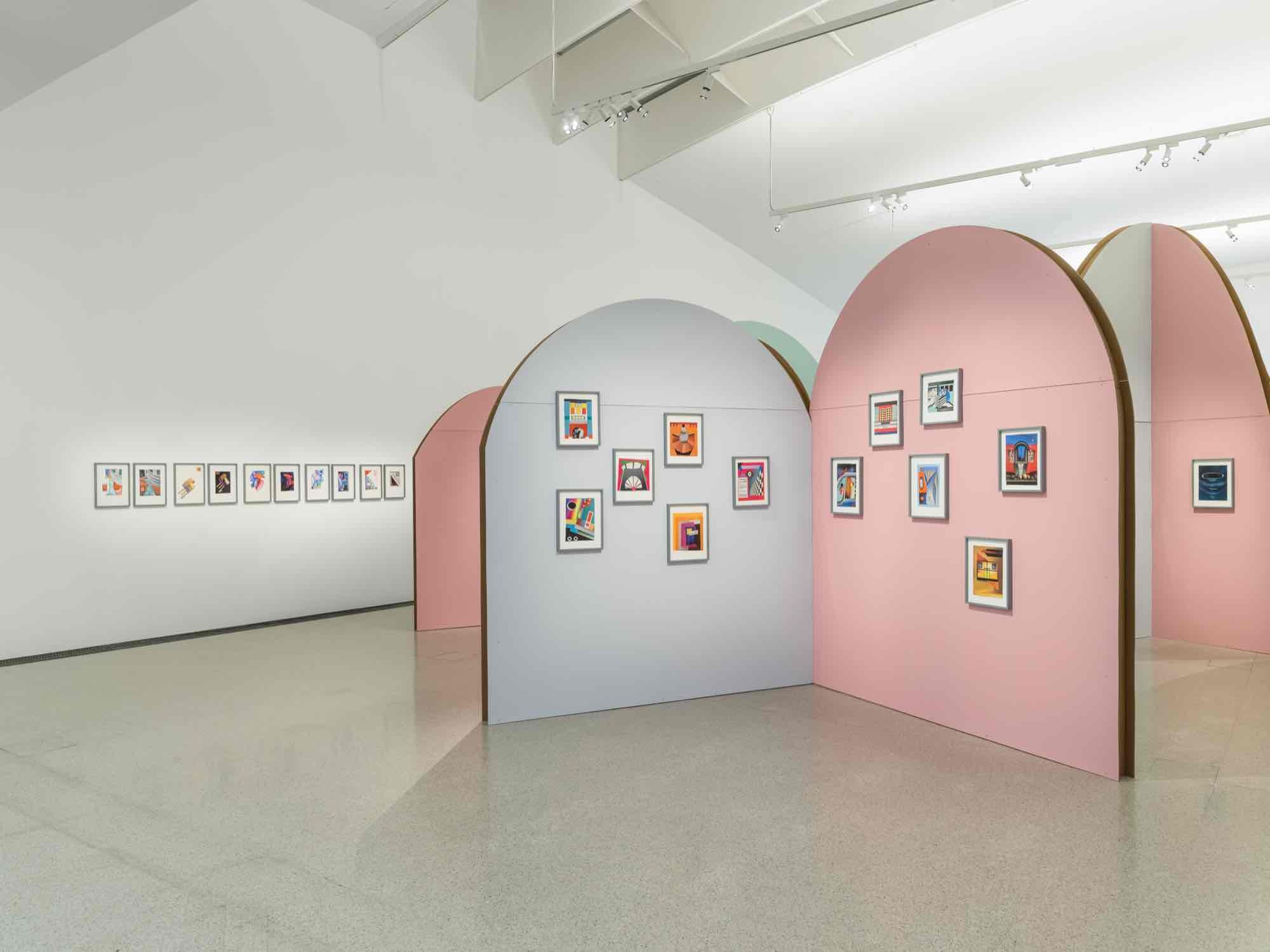
exhibition view: Elisabeth Wild. Fantasiefabrik / Elisabeth Wild. Imagination Factory,
Photo: Klaus Pichler / mumok
Photo: Klaus Pichler / mumok
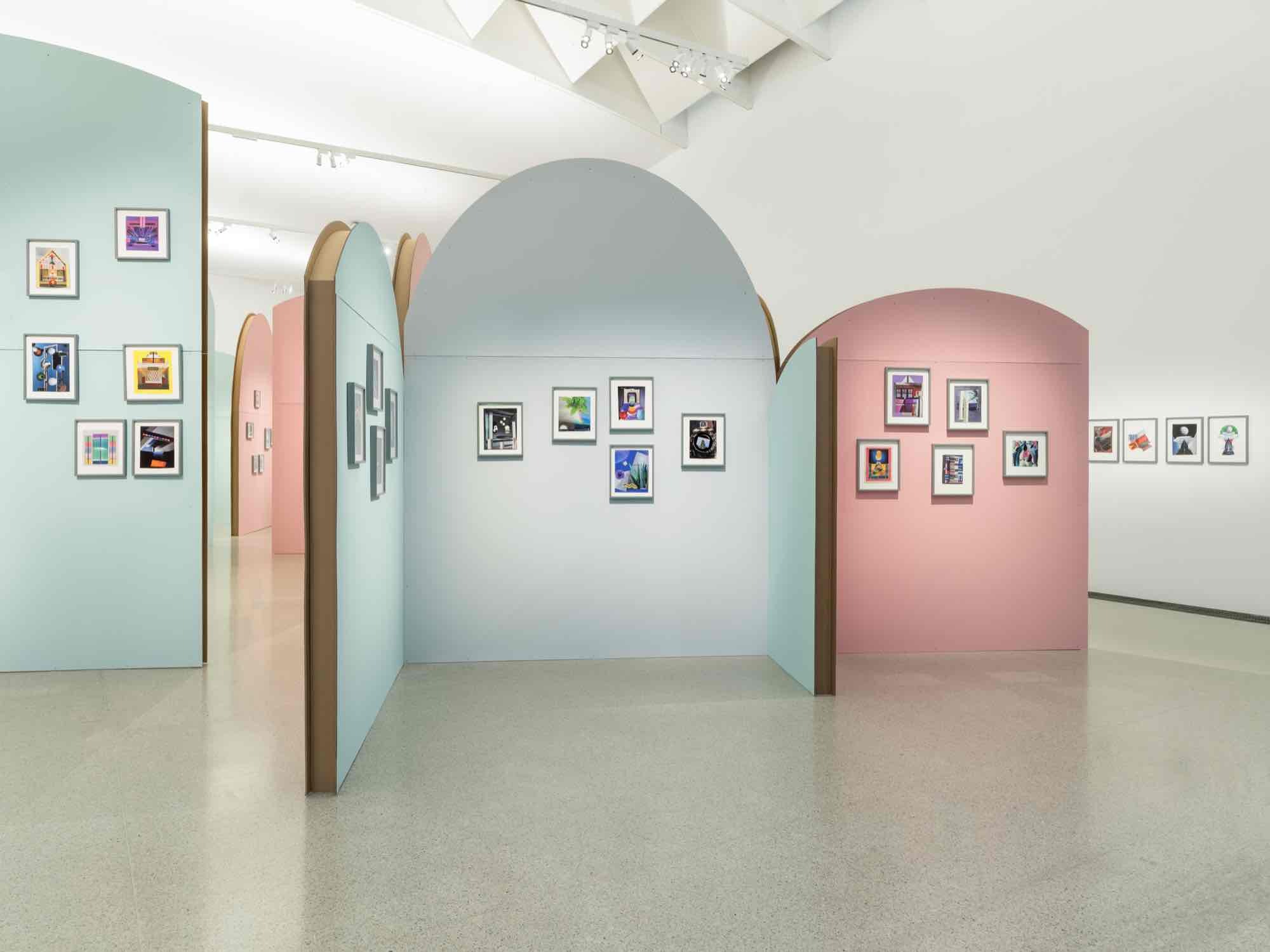
exhibition view: Elisabeth Wild. Fantasiefabrik / Elisabeth Wild. Imagination Factory,
Photo: Klaus Pichler / mumok
Photo: Klaus Pichler / mumok

exhibition view: Elisabeth Wild. Fantasiefabrik / Elisabeth Wild. Imagination Factory,
Photo: Klaus Pichler / mumok
Photo: Klaus Pichler / mumok

exhibition view: Elisabeth Wild. Fantasiefabrik / Elisabeth Wild. Imagination Factory,
Photo: Klaus Pichler / mumok
Photo: Klaus Pichler / mumok
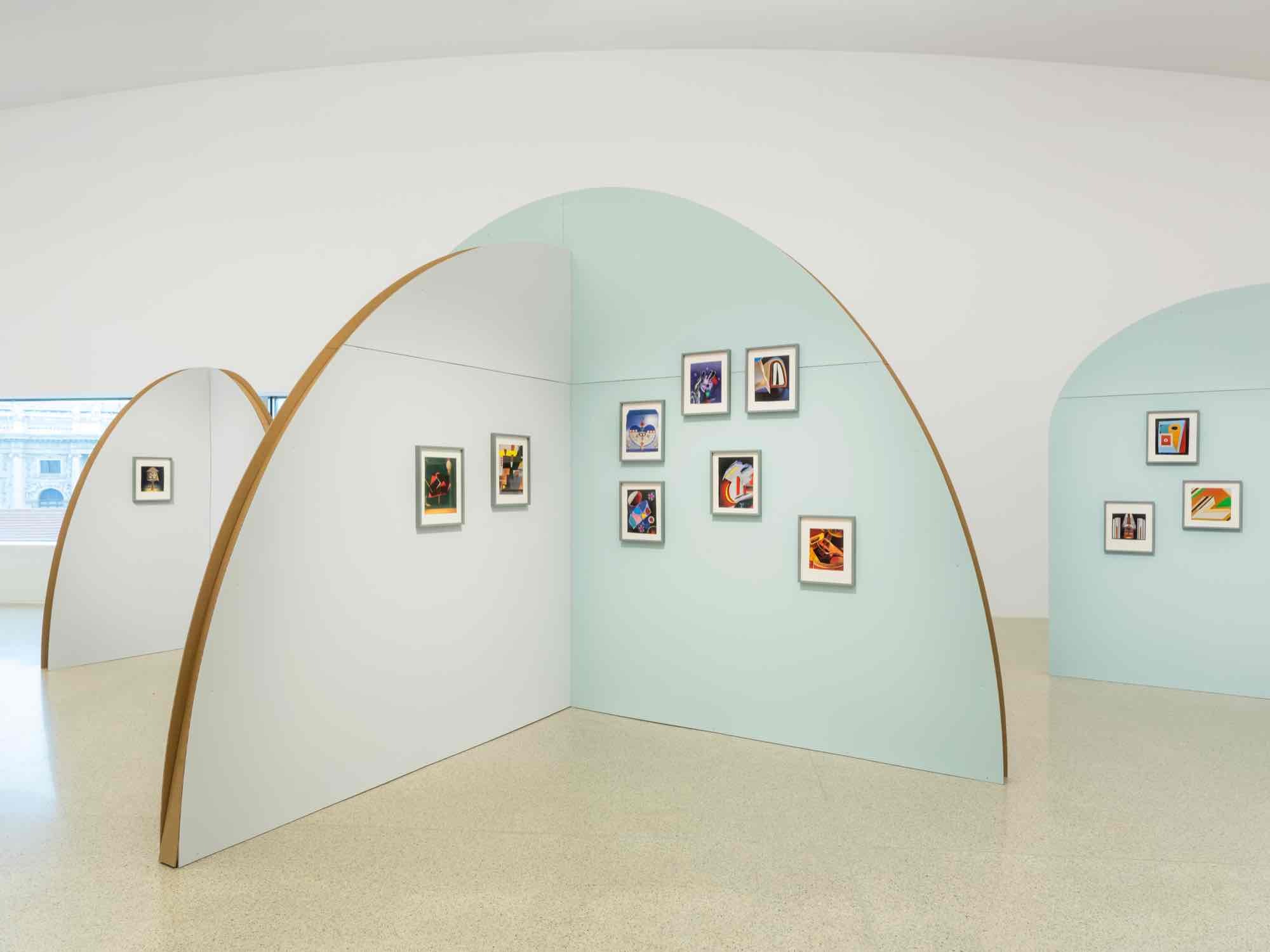
exhibition view: Elisabeth Wild. Fantasiefabrik / Elisabeth Wild. Imagination Factory,
Photo: Klaus Pichler / mumok
Photo: Klaus Pichler / mumok

exhibition view: Elisabeth Wild. Fantasiefabrik / Elisabeth Wild. Imagination Factory,
Photo: Klaus Pichler / mumok
Photo: Klaus Pichler / mumok
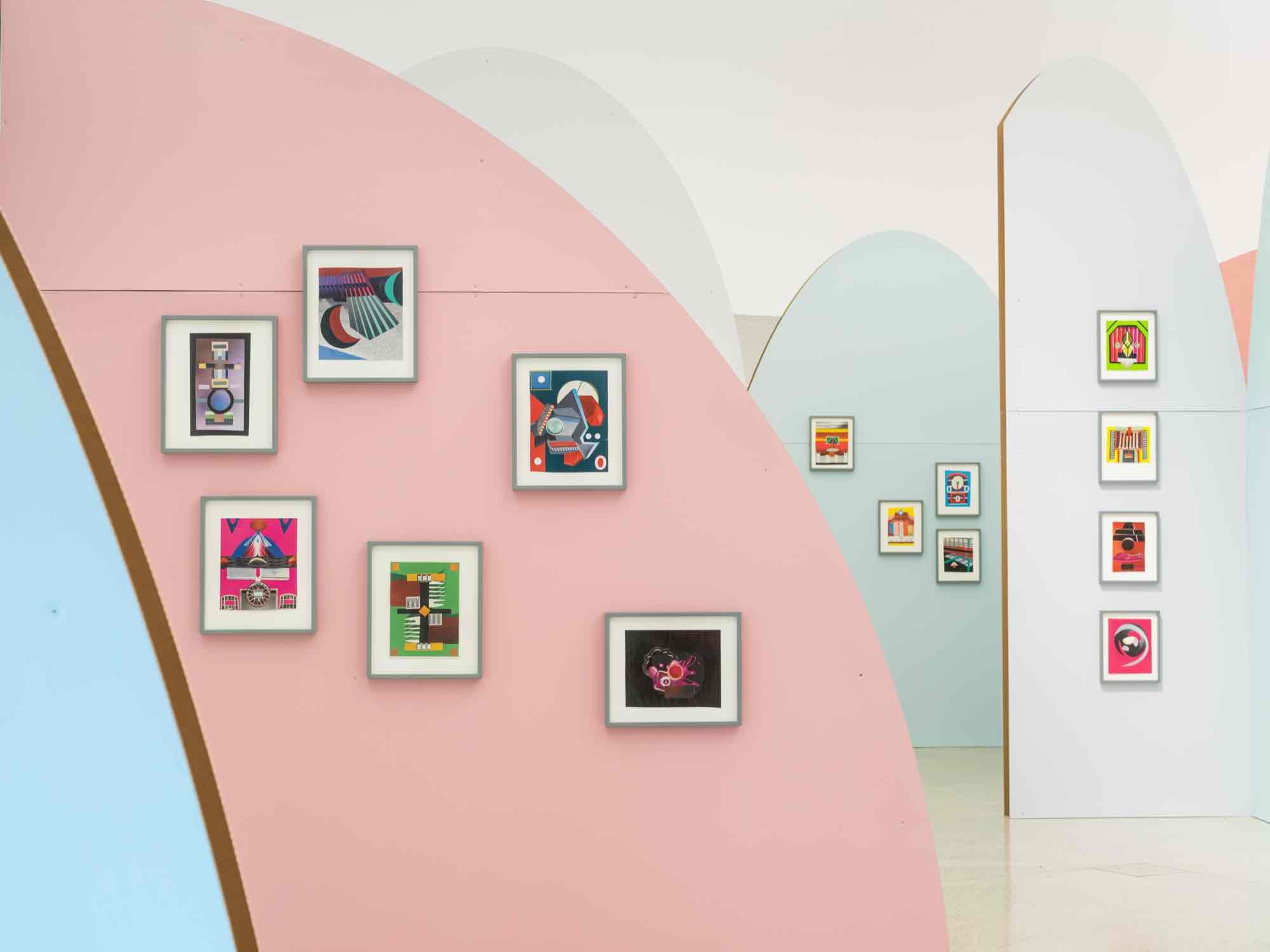
exhibition view: Elisabeth Wild. Fantasiefabrik / Elisabeth Wild. Imagination Factory,
Photo: Klaus Pichler / mumok
Photo: Klaus Pichler / mumok

exhibition view: Elisabeth Wild. Fantasiefabrik / Elisabeth Wild. Imagination Factory,
Photo: Klaus Pichler / mumok
Photo: Klaus Pichler / mumok
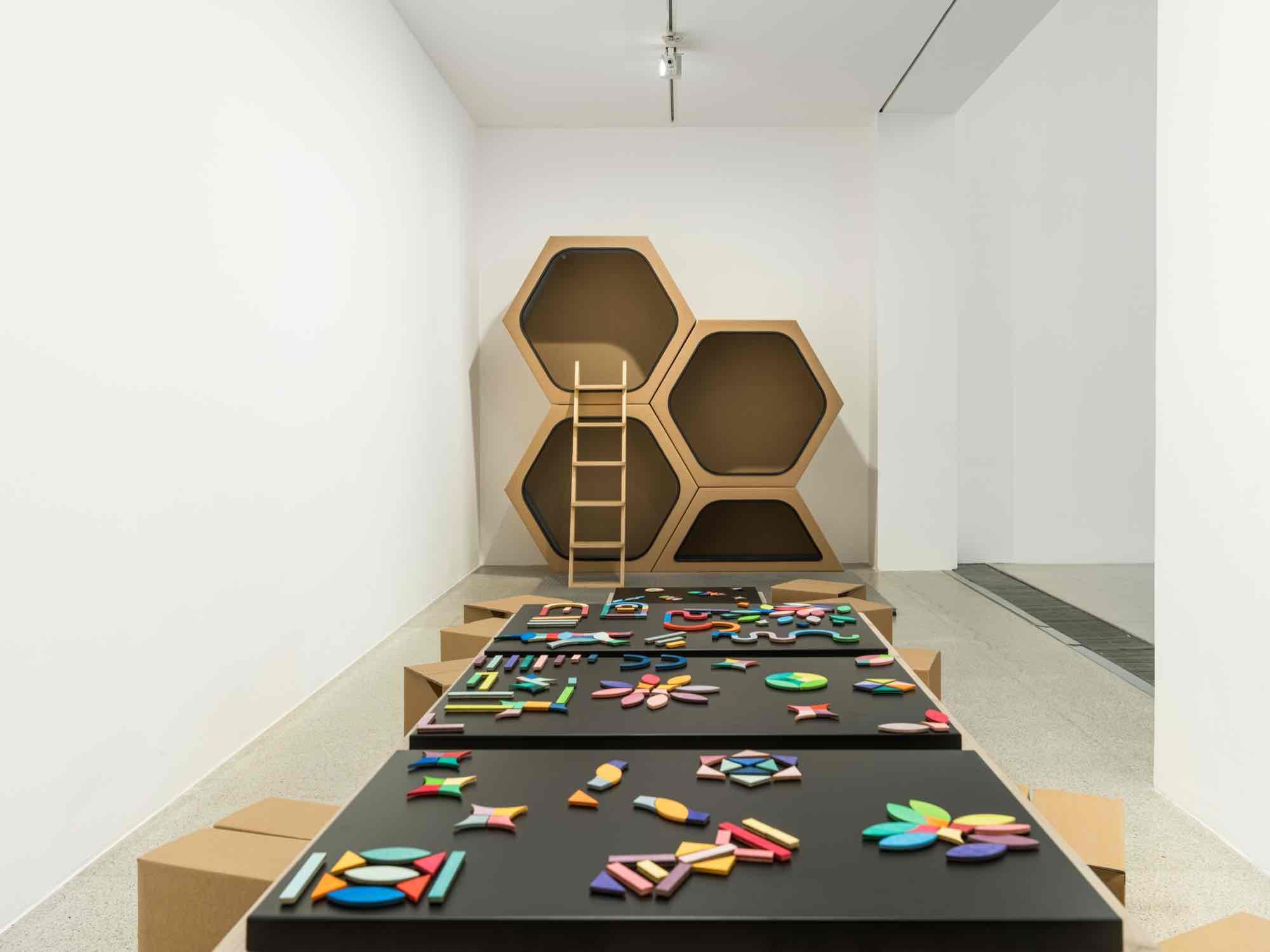
exhibition view: Elisabeth Wild. Fantasiefabrik / Elisabeth Wild. Imagination Factory,
Photo: Klaus Pichler / mumokv
Photo: Klaus Pichler / mumokv
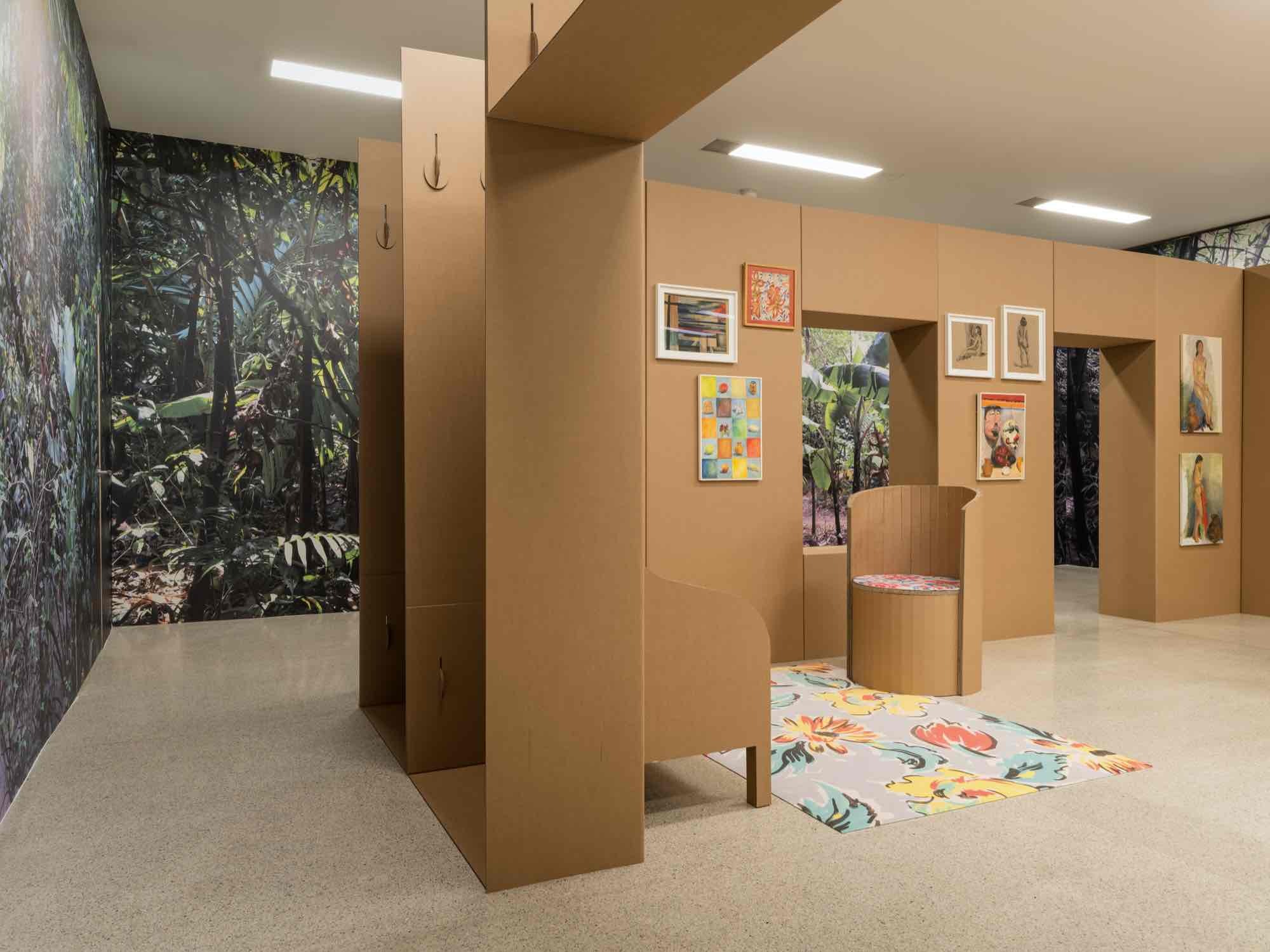
exhibition view: Elisabeth Wild. Fantasiefabrik / Elisabeth Wild. Imagination Factory,
Photo: Klaus Pichler / mumok
Photo: Klaus Pichler / mumok
The turbulent biography of Elisabeth Wild (née Pollak, * 1922 in Vienna, † 2020 in Panajachel, Guatemala) reads like a recap of the twentieth century. Marked by flight and displacement, national identification and disidentification, her life seemed constantly to hit the reset button. This is not least evident in her oeuvre, which is highly diverse in terms of the media she used—including painting, sculpture, and textile design as well as collages and subsequent installations. In 2023, mumok will present her first retrospective exhibition, turning the spotlight on her late works as well as her previously unknown early works.
Elisabeth Wild’s story begins in Vienna. The child of a Catholic mother and a Jewish father, she was forced to emigrate to Argentina in 1938, following Austria’s “Anschluss” to the Nazi regime. In Argentina, she eked out a living as a textile designer and later met her husband, August Wild. As early as 1962, the right-wing political climate in Buenos Aires once again compelled her to relocate, this time to Basel, where she ran an antique shop for more than three decades. In 1996, she and her daughter, the artist Vivian Suter, eventually moved to Guatemala, where Elisabeth Wild lived and worked until her death in 2020.
Little is known about Wild’s artistic training. She studied Painting at the Academia Nacional de Bellas Artes in Buenos Aires. Her traditional education especially shows in her early works, as Wild left no painterly genre untackled. Thus, her Nachlass contains not only textile designs and sketches but also landscape paintings, still lifes, nudes, and portraits of women. As the years passed, Wild distanced herself from her figurative practice. Surrealistic elements increased in quantity; the works became smaller, more intimate, fragmented, dreamlike and fictional in their atmospheric concepts. By the early twenty-first century, Wild exclusively focused on the medium of collage, a break that finally culminated in her long-anticipated artistic recognition at documenta14, curated by Adam Szymczyk. Wild was 95 years old at the time.
With her first major presentation in Vienna, Wild’s story will come full circle. At the heart of the conceived exhibition is her artistic development, which reads like a ride through twentieth- and twenty-first-century art history. Early and late works will be juxtaposed on two of mumok’s exhibition levels. Though the two creative periods seem contrary at first glance—one might assume they are not from the same artist—a closer inspection reveals kinships that bespeak the artist’s early interests. Collaged works display architectural and scenic fragments as well as masklike traits or geometric patterns. The collages thus combine Wild’s early landscapes, portraits, and textile designs in a purely abstract form.
Elisabeth Wild created kaleidoscopic worlds in her collages, which she termed fantasías. In doing so, she operated like a collector, gathering elements of earthly glamor from popular lifestyle publications and glossy magazines. Similar to an antique shop owner, Wild sought out perfect components and patiently assembled them in the most unusual constellations, resulting in colorful DIN-A4 collages reminiscent of cosmic visions and imaginary worlds.
From the early 2000s until her death, she conceived one collage a day—akin to diary entries. If she felt too weak one day, she made two the next. This process also inspired our exhibition title, Elisabeth Wild. Imagination Factory. The title refers on one hand to the concept of fantasías, which the artist coined, and on the other to her daily routine, which resembled production processes in a factory. In this vein, 365 collages will be exhibited to symbolize the course of an entire year.
The artist’s signature is all over Elisabeth Wild. Imagination Factory, even in the way the exhibition was conceived. All exhibited works were selected by the artist herself in cooperation with the curator in Guatemala at the beginning of 2020. Thus, this show is not only Wild’s first retrospective but also the last exhibition she designed.
Curated by Marianne Dobner
Elisabeth Wild’s story begins in Vienna. The child of a Catholic mother and a Jewish father, she was forced to emigrate to Argentina in 1938, following Austria’s “Anschluss” to the Nazi regime. In Argentina, she eked out a living as a textile designer and later met her husband, August Wild. As early as 1962, the right-wing political climate in Buenos Aires once again compelled her to relocate, this time to Basel, where she ran an antique shop for more than three decades. In 1996, she and her daughter, the artist Vivian Suter, eventually moved to Guatemala, where Elisabeth Wild lived and worked until her death in 2020.
Little is known about Wild’s artistic training. She studied Painting at the Academia Nacional de Bellas Artes in Buenos Aires. Her traditional education especially shows in her early works, as Wild left no painterly genre untackled. Thus, her Nachlass contains not only textile designs and sketches but also landscape paintings, still lifes, nudes, and portraits of women. As the years passed, Wild distanced herself from her figurative practice. Surrealistic elements increased in quantity; the works became smaller, more intimate, fragmented, dreamlike and fictional in their atmospheric concepts. By the early twenty-first century, Wild exclusively focused on the medium of collage, a break that finally culminated in her long-anticipated artistic recognition at documenta14, curated by Adam Szymczyk. Wild was 95 years old at the time.
With her first major presentation in Vienna, Wild’s story will come full circle. At the heart of the conceived exhibition is her artistic development, which reads like a ride through twentieth- and twenty-first-century art history. Early and late works will be juxtaposed on two of mumok’s exhibition levels. Though the two creative periods seem contrary at first glance—one might assume they are not from the same artist—a closer inspection reveals kinships that bespeak the artist’s early interests. Collaged works display architectural and scenic fragments as well as masklike traits or geometric patterns. The collages thus combine Wild’s early landscapes, portraits, and textile designs in a purely abstract form.
Elisabeth Wild created kaleidoscopic worlds in her collages, which she termed fantasías. In doing so, she operated like a collector, gathering elements of earthly glamor from popular lifestyle publications and glossy magazines. Similar to an antique shop owner, Wild sought out perfect components and patiently assembled them in the most unusual constellations, resulting in colorful DIN-A4 collages reminiscent of cosmic visions and imaginary worlds.
From the early 2000s until her death, she conceived one collage a day—akin to diary entries. If she felt too weak one day, she made two the next. This process also inspired our exhibition title, Elisabeth Wild. Imagination Factory. The title refers on one hand to the concept of fantasías, which the artist coined, and on the other to her daily routine, which resembled production processes in a factory. In this vein, 365 collages will be exhibited to symbolize the course of an entire year.
The artist’s signature is all over Elisabeth Wild. Imagination Factory, even in the way the exhibition was conceived. All exhibited works were selected by the artist herself in cooperation with the curator in Guatemala at the beginning of 2020. Thus, this show is not only Wild’s first retrospective but also the last exhibition she designed.
Curated by Marianne Dobner
